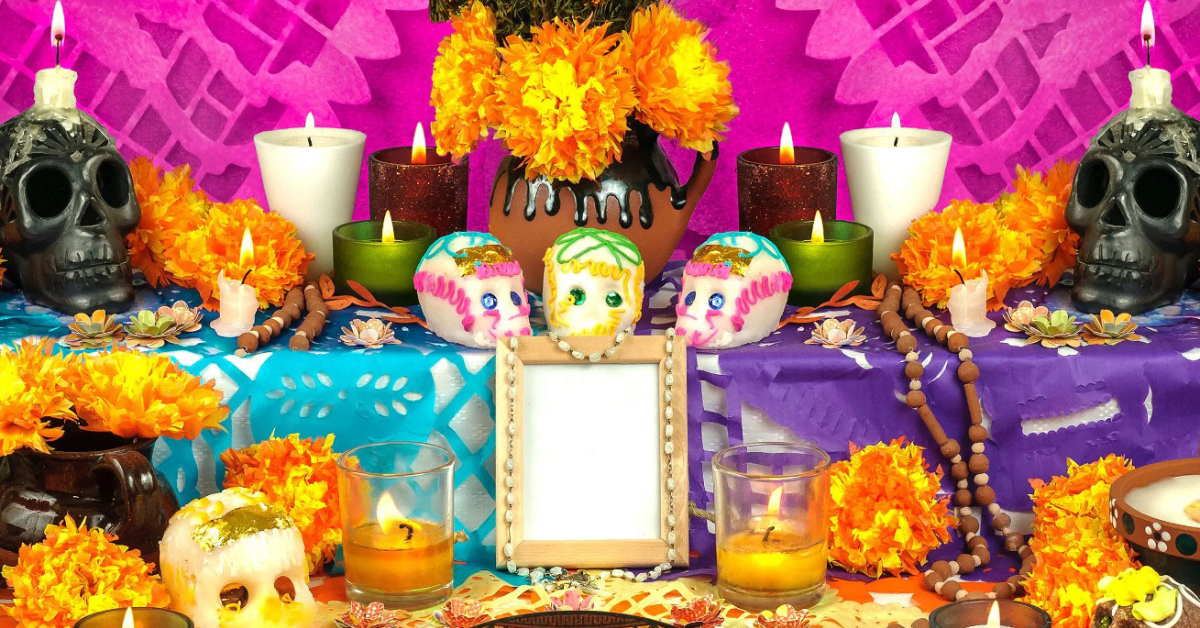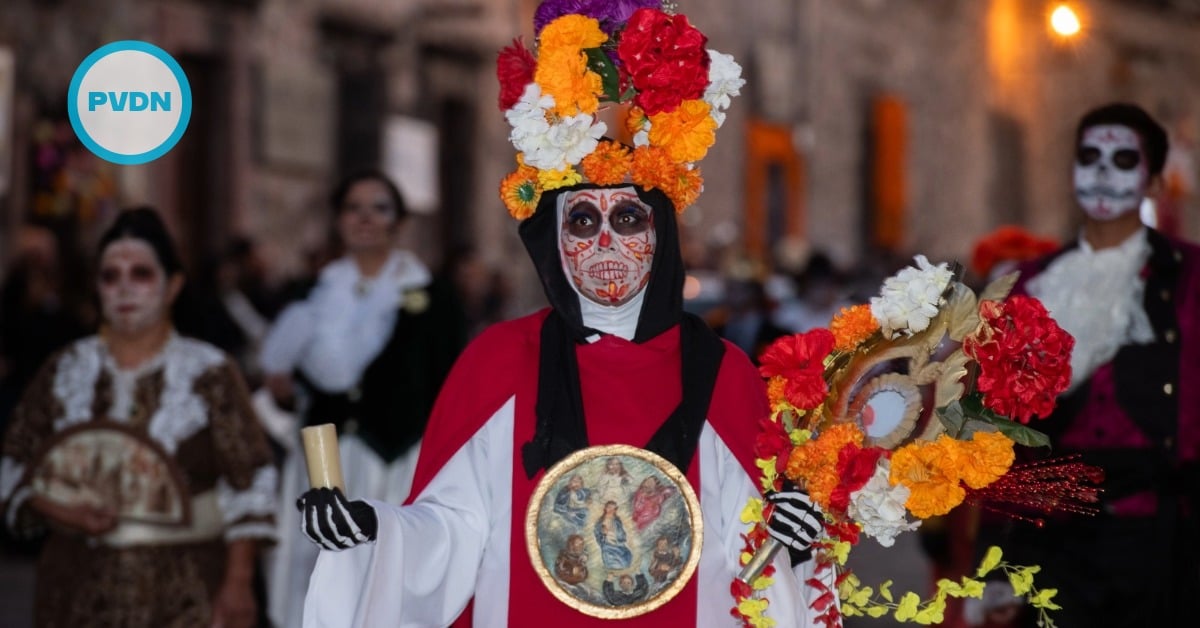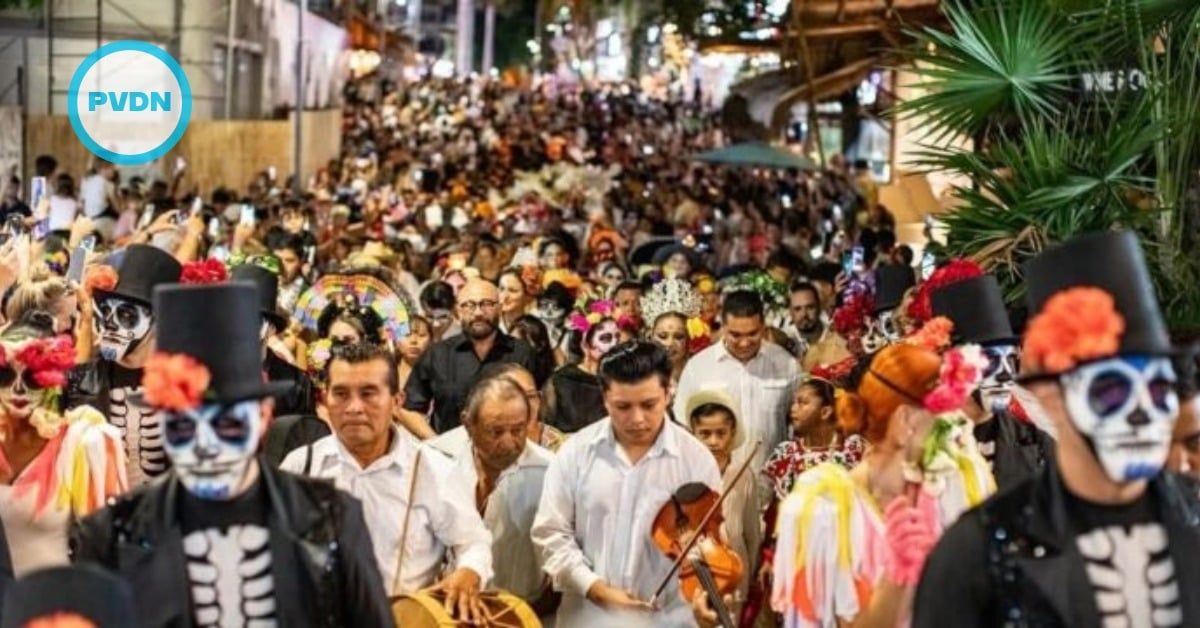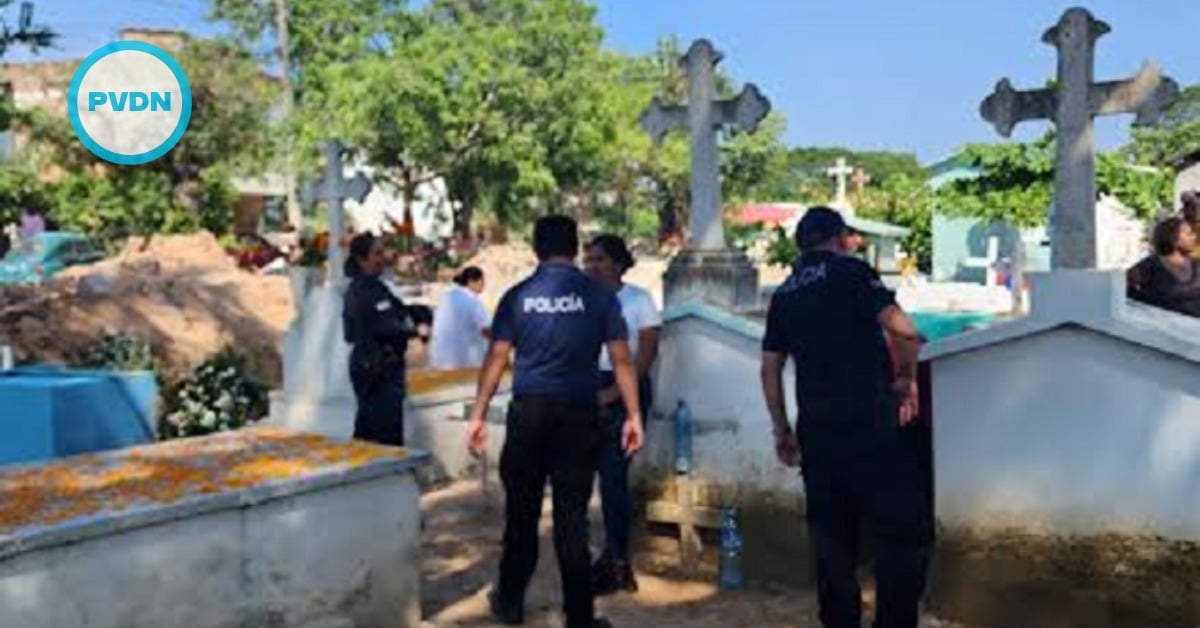In Mexico, November 1 and 2 have become days of party and celebration. It is believed that during these dates, the dead have permission to enjoy and spend time with their loved ones. They cross the Mictlan and arrive with the mortals to share food and drinks, and receive two days…






